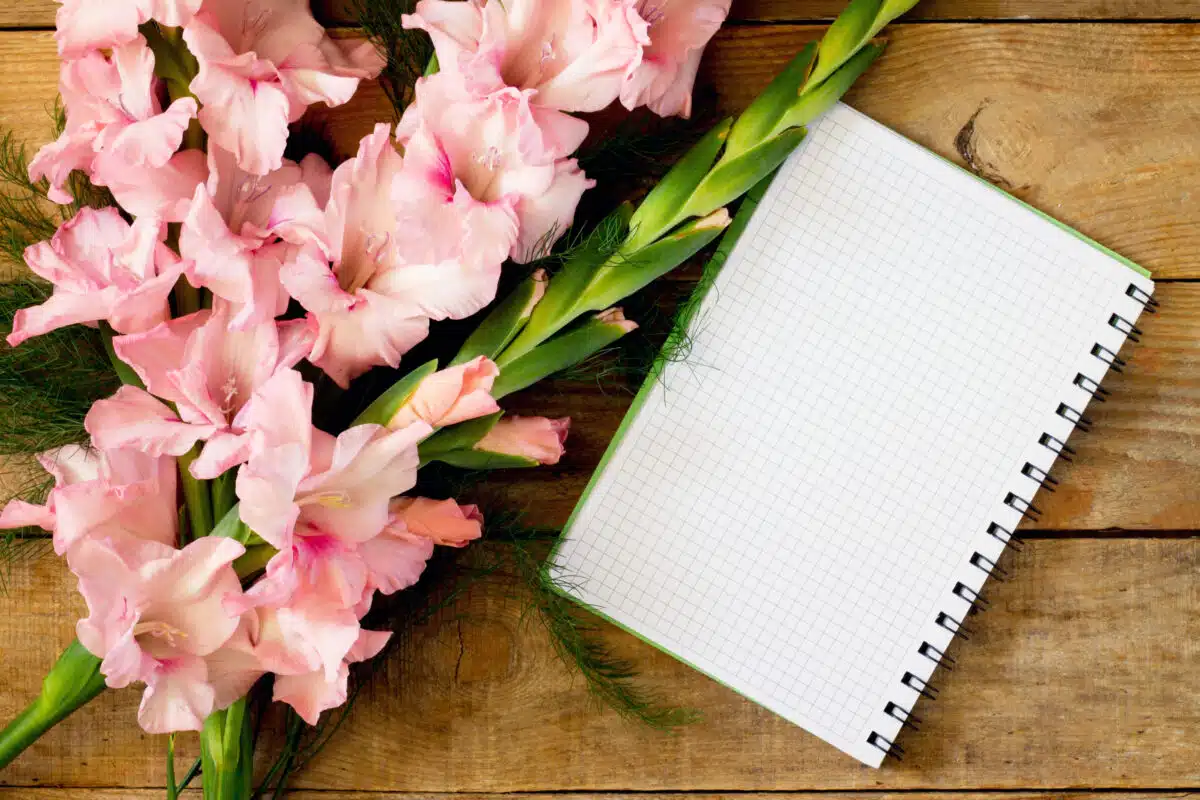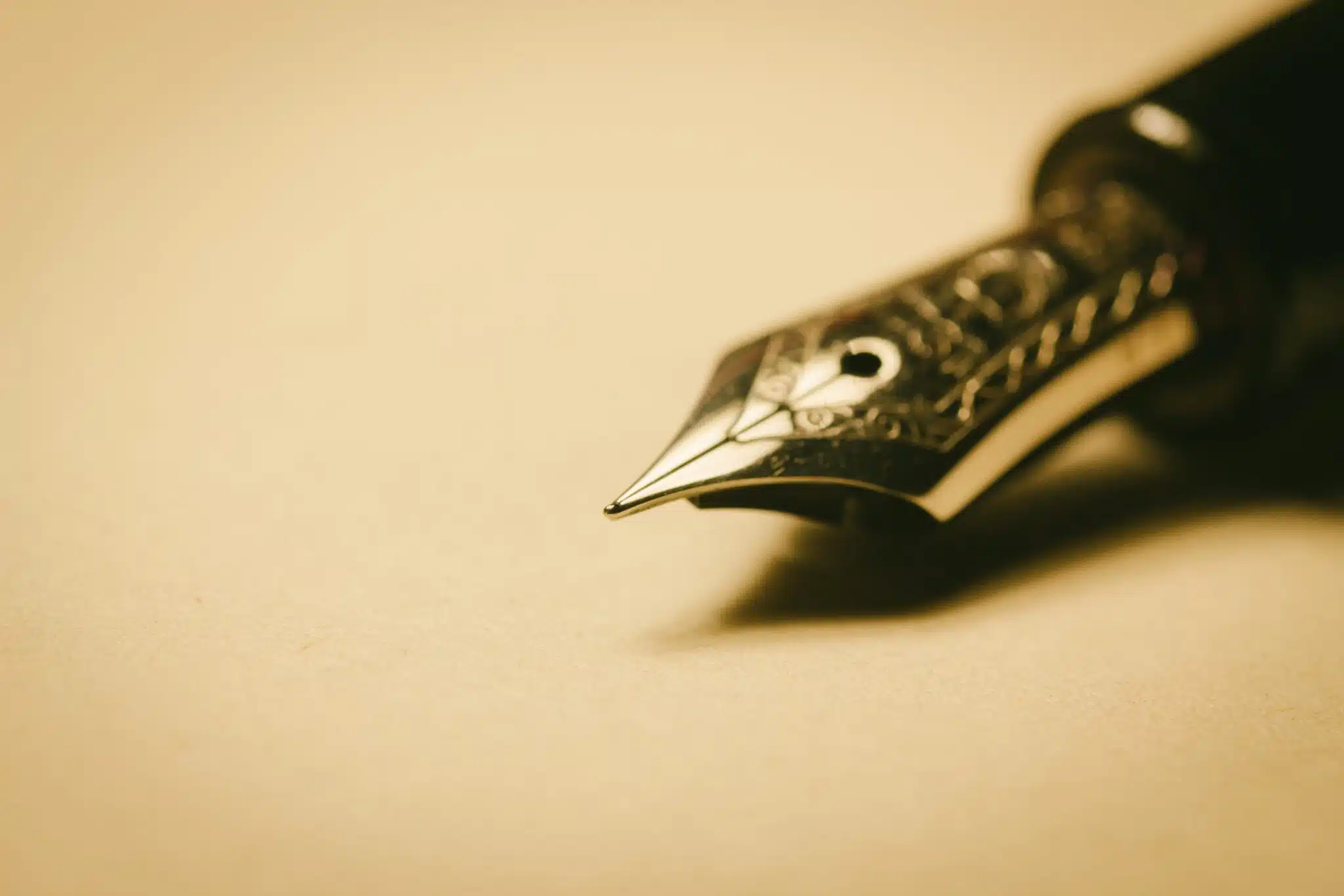Here is what an Allegorical poetry form is:
Allegorical poetry refers to any poem in which allegory is a major element, but when calling an entire poem an “allegorical poem” we would usually understand it to mean that the entire poem is an allegory.
Specifically, this means it is a poem with a specific moral, political, or spiritual message as its main purpose.
So if you want to learn all about the Allegorical poetry type, then you’ve come to the right place.
Let’s get right into it!
- Diminishing Hexaverse Poetry Form
- Sijo Poetry Form: Quench Mind’s Thirst
- Palindrome Poetry Form: Express Your Core
- Tautogram Poetry Form: Harbor Harmony’s Hush
- Nonet Poetry Form: Carve Beauty in Lines
- Echo Verse Poetry Form: Amplify Your Emotions
- Contrapuntal Poetry Form: Echo Twin Realms
- Found Poetry Form: Discover Beauty in Scraps

Type of Poetry: Allegorical Poetry

Calling allegorical poetry a form would be misleading, but allegory has such a rich history with poetry that it would be remiss not to pause and discuss it.
An argument could be made that any poem featuring allegory counts as an allegorical poem, but I’m going to shy away from that definition in favor of a more specific definition.
First, we should establish that allegory is typically understood to mean any work that can be interpreted as having a deeper (usually moralistic) interpretation.
Political allegory is another branch of allegory, but the underlying idea that the work champions a specific perspective remains the same.
A good example of a work containing allegory is a fable or a parable.
Fables are fantastic stories generally used to teach children basic knowledge and life skills, while a parable is similarly a story that teaches spiritual beliefs through narrative.
A classic fable that makes for a good example is “the Tortoise and the Hare,” in which the reader/listener is meant to conclude that natural talent is not as important as persistence.
Importantly, allegorical works are meant to be read with one specific meaning.
The idea is not to open a discussion or to ask a question, but to emphasize that one specific way of thinking is the correct way of thinking.
If handled poorly, an allegorical poem could amount to no more than propaganda, so it would be wise to only write in allegory when you truly believe that the lesson taught is worth the natural bias of the form.
I have seen allegory confused with allusion in the past.
My best guess is that these techniques, along with many others, are covered too closely together in modern English courses, which leads to wires getting crossed.
An allusion is a reference to a specific event, person, or thing. Allegory is a style of writing, not a specific reference.
Basic Properties of an Allegorical Poem

| Rhyme Structure | Optional |
| Meter | Optional |
| Origins | Unknown (may predate recorded history) |
| Popularity | Used in various cultures as a teaching tool. |
| Theme | Varies; most prominently used for teaching various abstract belief systems, such as religion, politics, and ethics. |
How Are Allegorical Poems Structured?

While allegorical poems are not a form, and as such do not conform to any specific rhyme scheme, meter, or piece-by-piece structure, they do have a basis in storytelling.
As a result, poems meant to have allegorical meanings predominantly show up in the forms of narrative poems or extended metaphor poems.
We’ll briefly cover the trademarks of each of these styles of allegorical writing.
Narrative Allegorical Poems

Narrative allegorical poems will generally tell a short story that emphasizes a certain belief in some meaningful way.
This will often involve having two characters behave in drastically different ways, with only the “correct” character being rewarded for their actions and/or lifestyle.
The fable of the tortoise and the hare, while not usually told in poem form, is again an excellent example of this.
More loosely, “The Three Little Pigs” tells a story in which only the pig who builds the sturdiest house in safe from an external threat (the wolf), teaching children the importance of shelter and craftsmanship.
Multiple characters are not always necessary in allegorical works, however.
In the Greek myth of King Midas, the titular character wishes that everything he touches would turn to gold.
What happens next varies by region and time period, but in one of the most famous variations he ends up turning his own daughter to gold and learning quickly that there is more to life than wealth.
While there is no established form for allegorical poems, narrative poems have quite a few forms that writers have leaned toward across history.
One form famously used for narratives is the ballad, and as such this form suits a narrative allegorical poem rather well.
Extended Metaphor Poems

While narratives show complex abstract principles by taking advantage of our talent for deductive reasoning, it’s also possible to use metaphor instead.
This does require a bit more mastery, but the general idea is that the poem compares an invisible belief to a tangible image (or series of images) in order to make the belief feel like it has some concrete, physical basis in the world.
This can be a bit riskier, since metaphor is subjective by its very nature.
An example would be a poem that compares love to water.
First the writer would look for conceptual similarities, then try to use those similarities to make a point.
Here is an example of what that might look like in practice:
Love is simply the water of life,
for in our erstwhile pain and strife
we seek to quench our constant thirst
and, with love, revive from our worst.
And sure, my cup may someday run empty.
It may then need to be refilled.
But then I need only choose to love again,
and gladly, friend, I will.
The same faucet that moves our blood
is just as capable of more.
My heart, my soul, my being is love.
We are love to the very core.
The above poem takes advantage of the various properties of water to make simple points about love that can be understood at face value.
It argues that both are necessary, that both can be shared and refilled, and then draws a physical similarity between a heart and a faucet.
How effective an allegory based on metaphor is can vary, but it can be worth including sections of metaphorical writing in any allegorical poem.
If the entire poem is a metaphor, as is the case with the poem above, then we would call that an “extended” metaphor. (A significant section in a longer work can also count as “extended,” and there’s actually no concrete definition of where the length cutoff is exactly, but alas.)
Tips for Writing an Allegorical Poem

The first advice I have is perhaps the most controversial.
You should start the entire process by stopping, taking a deep breath, and asking yourself, “Is this a message I truly believe in enough to argue that it deserves to be presented as an allegory?”
Of course, there are plenty of points you can make in allegory that are almost completely harmless.
Not many people would take issue with you writing a poem that denounces the evils of murder and theft, for example.
The real value in this question is in isolating messages that you should not expect everyone to automatically share.
Too many works have been written already that have the explicit purpose of trying to twist a person’s way of thinking.
You can use allegory to teach someone that hard work is its own reward, but allegory can also be used to teach people to discriminate or that they should always do as they’re told.
You may believe that you don’t need to be careful, because people should already be discerning enough to choose who they will and will not listen to, but most inappropriate beliefs happen as a result of someone simply hearing the same statements over and over again.
It’s possible to manipulate a person’s belief system just by changing what social media channels they’re exposed to, so writers must always try to be aware of how powerful words can be.
Grim warnings aside, most allegorical poems that a healthy, well-rounded adult will feel inspired to write will have a relatively minimal impact, so you don’t need to be afraid of your beliefs.
Just be alert and aware enough to always question them, regardless of how long you’ve held them to be true.
As for the nuts and bolts of writing allegory, your main tools will almost always be metaphor and narrative.
Plato’s allegory of the cave employed a mixture of both, using the people who had only ever lived in a cave to represent people who have only ever lived in ignorance, arguing that philosophers are those few who struggle to find out what realities lay beyond the shadows on the cave’s wall.
In Plato’s cave, the shadows were a representation of the pieces of the world we can perceive through our feeble mortal senses.
He presents a belief that those things we can sense innately our only shadows of greater truths that haven’t been solved.
You can choose to write an allegorical poem as anything from a haiku to a sonnet to a sprawling epic.
The cornerstone of every allegory is that it has some singular defined purpose.
If the point of the poem is that people who commit adultery are cursed to lead broken lives, then don’t include any details that could be seen as a counterpoint or a distraction.
Focus the entirety of the piece on whatever specific point you’re determined to make.
My final piece of advice in this regard is that it needs to be interesting.
You may think this is a pointless endeavor, but you’d be surprised how many voters only choose to support a politician because they thought his or her opponent was “too boring” or “not charismatic enough.”
Humans are inherently drawn to entertainment.
However you feel about this quirk of our design, use it to your advantage when writing persuasively, including in allegory.
Poet’s Note

To be honest, I’m surprised I had this much to say about allegorical writing.
I even considered going into a tangent about the three pillars of persuasive writing (ethos, pathos, and logos).
I ultimately decided that it would stray just a bit too far off-topic, but you should consider those terms your homework assignment for the day if you’re interested in going a bit deeper.
Comprehensive Collection of Poetry Forms: Craft Words Into Art

Dare to traverse the entire spectrum of poetic forms, from the commonplace to the extraordinary?
Venture from the quintessential Sonnet to the elusive Mistress Bradstreet stanza, right through to the daunting complexity of Cro Cumaisc Etir Casbairdni Ocus Lethrannaigecht.
For those with a zeal to encounter the full breadth of poetry’s forms, this invitation is yours.
Start exploring the vast universe of poetic ingenuity with our comprehensive array of poetry forms right now!
- Diminishing Hexaverse Poetry Form
- Sijo Poetry Form: Quench Mind’s Thirst
- Palindrome Poetry Form: Express Your Core
- Tautogram Poetry Form: Harbor Harmony’s Hush
- Nonet Poetry Form: Carve Beauty in Lines
- Echo Verse Poetry Form: Amplify Your Emotions
- Contrapuntal Poetry Form: Echo Twin Realms
- Found Poetry Form: Discover Beauty in Scraps
